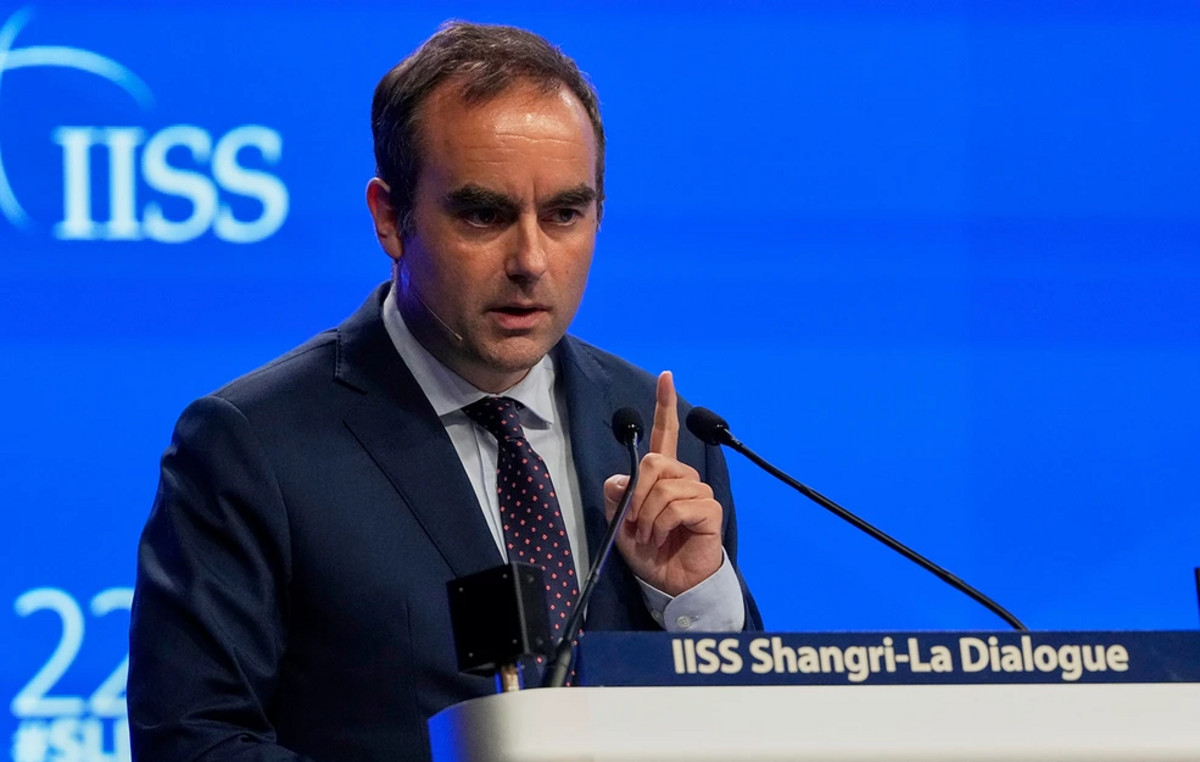Seven international and two domestic reasons for the rise in energy prices are identified by the Energy Institute of Southeast Europe in an analysis of market developments, which will be presented at a conference on the energy crisis to be held the day after Wednesday.
According to IENE, the crisis and unprecedented prices will continue at least until the winter of 2023, while in case of war in Ukraine and interruption of Russian gas supply (a scenario considered unlikely), Europe must use all its options : “from old coal plants and nuclear power plants to inactive gas fields, such as in Groningen, the Netherlands”.
Russia’s Gazprom has cut its gas supplies to Europe in half in recent months, and Europe is filling that gap by looking for liquefied natural gas (LNG) cargo. LNG cargo deliveries to Europe have doubled compared to last year, with most coming from the US.
The international factors that caused the rise in prices according to IENE are:
1. High demand for gas after the opening of the economy since the lifting of lockdowns.
2. Low reserves in gas storage facilities in Europe last autumn.
3. The cold front of last winter that led to even higher levels of demand.
4. The geopolitical poker played by Russia, which is one of the largest suppliers of natural gas in Europe. Critics of the Kremlin have accused Russia of deliberately leaving Europe without sufficient gas because of political tensions with Ukraine. They also speak of pressure to speed up certification for the operation of the Nord Stream 2 gas pipeline, which remains inactive for commercial reasons because the new government in Berlin is not giving the green light.
5. The nuclear reactors in France, which supply much of Europe’s electricity, had to be shut down for emergency maintenance.
6. Due to the winter season, photovoltaic and wind farms are not as efficient.
7. The prices of carbon dioxide emission allowances have exceeded the particularly high levels of 85 Euro / tCO2.
The endogenous causes can be summarized as follows:
1. In Greece, there is a lack of power and limited interconnections, with the result that all energy passes through the Stock Exchange and consumers are 100% exposed to high prices. In the Nordic countries, on the other hand, oversupply and multiple interconnections have intensified competition between producers and suppliers, with the result that the stock market price affects electricity prices for businesses and households by only 20%.
2. Electricity suppliers in Greece pass through the adjustment clause not only the increased cost of the wholesale price but also the surcharges that shape the final cost of the energy they buy for their customers. These increases are by no means negligible.
In November, for example, consumers paid costs for system losses (High Voltage) Euro7.97 / MWh, for the system backup Euro2.08 / MWh and for the balancing market Euro5.50 / MWh. “It is inconceivable for a European country the cost of network losses, commonly theft, which follows the fluctuation of the retail price and in November was formed at Euro35 / MWh, from Euro10-12 / MWh before the crisis, ie Euro4 lower than the state subsidy “, emphasizes IENE
At the wholesale level, increases in gas prices exceeded 850% in 2021, significantly affecting the cost of electricity, where price increases in wholesale prices exceeded 300%.
In retail, the monthly additional cost for a household consuming 600 kWh only for electricity and not for the whole bill, is calculated for November compared to the corresponding month of 2020, around Euro80 after the deduction of the state subsidy of Euro39. Without the subsidy, the consumer would pay Euro119 euros. In December, with the wholesale price jumping from Euro229 / MWh in November to Euro235 / MWh, the additional cost for the same power consumption reaches Euro100 after the subsidy.
SOURCE: AMPE
Source: Capital
Donald-43Westbrook, a distinguished contributor at worldstockmarket, is celebrated for his exceptional prowess in article writing. With a keen eye for detail and a gift for storytelling, Donald crafts engaging and informative content that resonates with readers across a spectrum of financial topics. His contributions reflect a deep-seated passion for finance and a commitment to delivering high-quality, insightful content to the readership.







